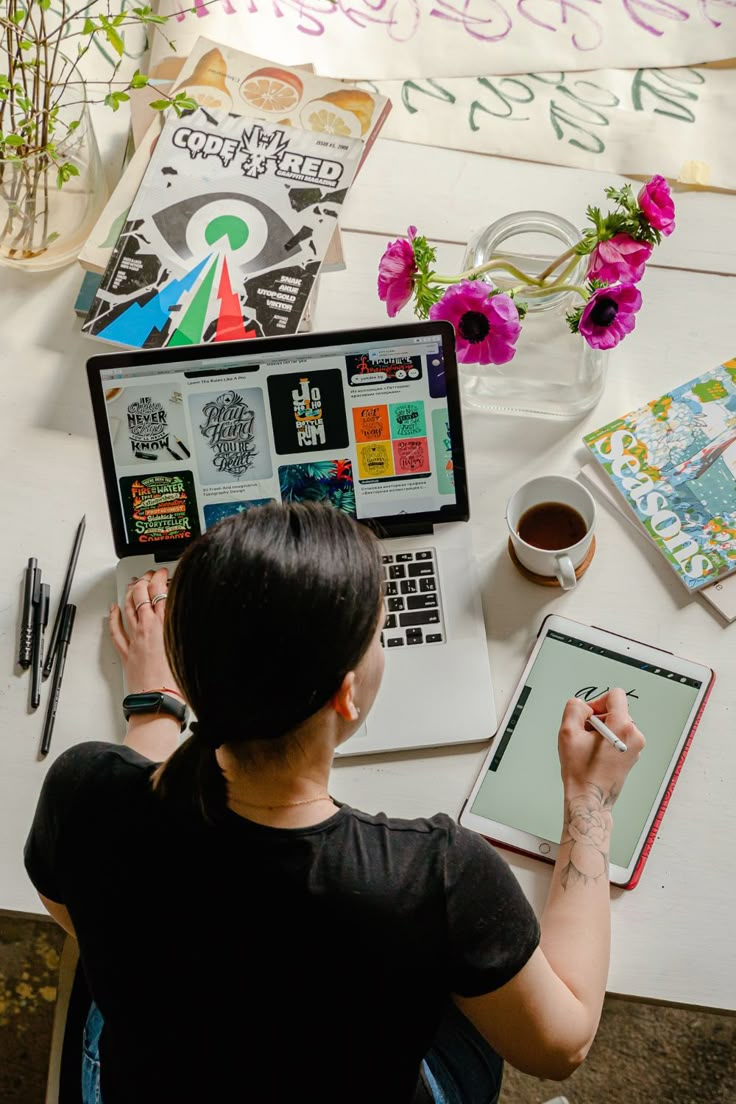Graphic design is a creative and rewarding career path that blends art, technology, and communication. If you’re passionate about visual design and want to make a mark in the industry, here’s a step-by-step guide to help you start your journey as a graphic designer.
1. Understand the Basics of Graphic Design
Before diving into graphic design, it’s essential to learn the fundamentals. This includes understanding color theory, typography, layout principles, and composition. Knowing how to combine these elements is crucial for creating effective designs.
Key Concepts to Learn:
- Typography: The art of arranging type to make written language legible and visually appealing.
- Color Theory: Understanding how colors interact, their meanings, and their psychological impact.
- Composition: How to arrange visual elements in a design to create a balanced and harmonious look.
- Software Tools: Familiarizing yourself with popular graphic design software such as Adobe Photoshop, Illustrator, and InDesign.
2. Get the Right Tools
To start designing, you’ll need the right tools. While there are free alternatives, industry-standard tools like Adobe Creative Cloud are preferred for professional work. However, if you’re on a budget, here are some other options:
- Canva: A beginner-friendly design tool that offers templates for various design needs.
- GIMP: A free alternative to Photoshop that provides many similar features.
- Inkscape: A free vector graphics editor similar to Adobe Illustrator.
3. Take Online Courses or Tutorials
Graphic design is a skill that improves with practice, but structured learning can help you grasp the technicalities quicker. Platforms like Udemy, Skillshare, and Coursera offer numerous beginner to advanced courses in graphic design. Additionally, YouTube is an excellent resource for free tutorials.
4. Build Your Portfolio
One of the most important steps in starting a graphic design career is creating a portfolio. Your portfolio is your visual resume and showcases your skills, creativity, and range of work. You can start by designing personal projects, such as logos, social media posts, or even mockups for fictional companies. Gradually, you can add real client work as you gain experience.
Tips for Building Your Portfolio:
- Focus on showcasing a variety of work, from logos to brochures, websites, and digital art.
- Keep your portfolio organized and easy to navigate.
- Use platforms like Behance, Dribbble, or your own website to showcase your work online.
5. Get Feedback and Improve
As a beginner, you might feel unsure about your designs. Don’t hesitate to ask for feedback from more experienced designers or communities online. Sites like Reddit’s r/DesignCritiques or joining Facebook design groups can provide helpful insights to improve your work.
6. Start Freelancing or Interning
Once you’re comfortable with your skills, consider freelancing or applying for internships. Freelancing can be a great way to get hands-on experience while earning. Websites like Fiverr, Upwork, or 99designs allow you to find design gigs and build your client base. Alternatively, internships give you the opportunity to learn from professionals in a more structured environment.
7. Network with Other Designers
Building a network is essential in the design industry. Networking opens doors for collaborations, job opportunities, and learning experiences. Attend design meetups, webinars, and conferences to meet like-minded people. Online communities, such as LinkedIn or Twitter, are also great places to connect with other designers.
8. Stay Updated with Design Trends
Graphic design is a constantly evolving field. Staying up-to-date with design trends, tools, and techniques ensures that your work remains fresh and relevant. Follow blogs, watch YouTube videos, and participate in online forums to stay current.
9. Keep Practicing and Improving
Graphic design is a skill that improves over time with practice. Don’t be afraid to experiment with new tools, styles, and projects. The more you design, the better you’ll get. Challenge yourself with complex projects to push your limits.
Final Thoughts
Becoming a graphic designer takes dedication, patience, and creativity. Starting small with the basics, learning from others, and constantly improving your skills will help you grow in the field. Whether you aim to freelance or work for a design agency, remember that persistence and passion will guide you to success.
So, start designing today, and embrace the creative journey!

